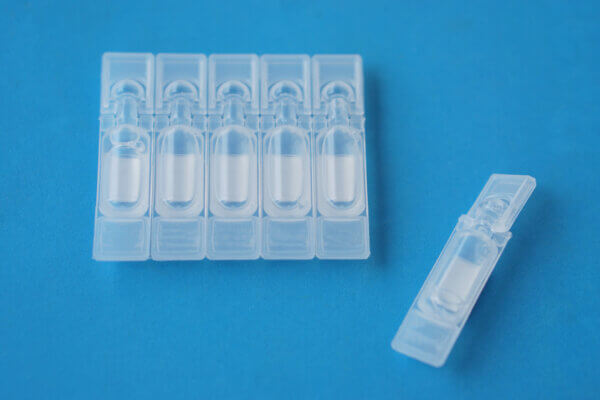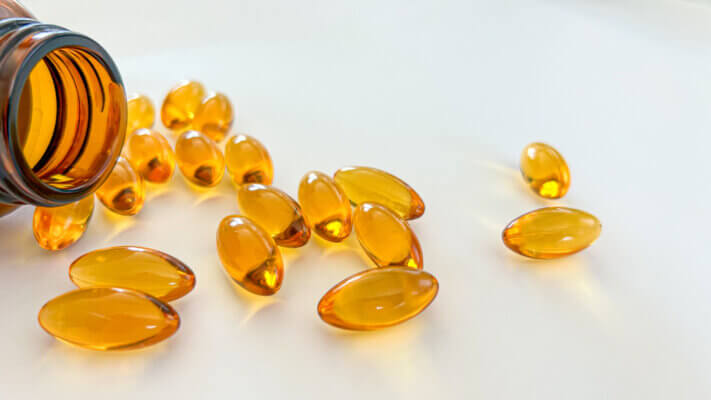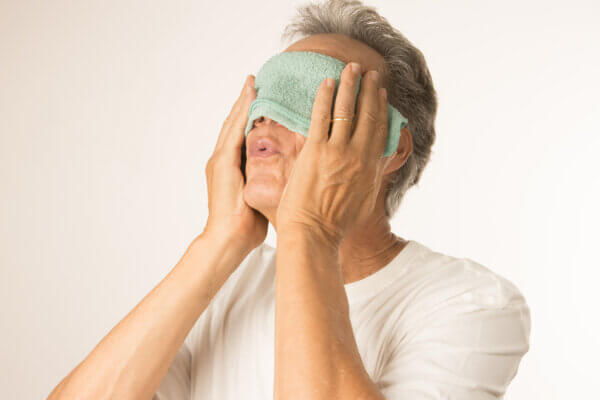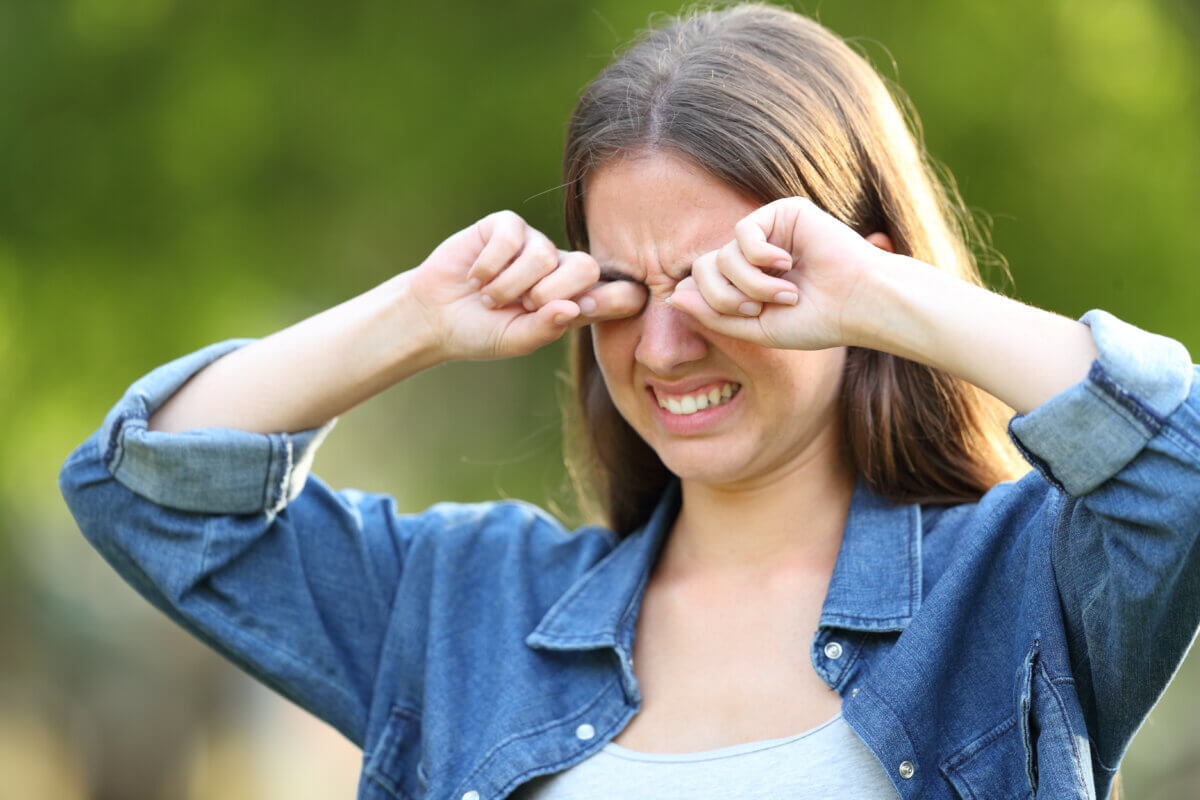Savelens Blogs
Struggling with Dry Eyes? Try These 6 Proven Remedies
Dry eye disease affects a significant number of Australians, with approximately 7.4% of adults experiencing the condition. The prevalence is even higher among older individuals, as they are more prone to developing dry eye symptoms.
Dry eye occurs when the eyes do not produce sufficient tears or when the tears evaporate too quickly, leading to irritation and discomfort. Factors contributing to dry eye include aging, certain medications, and environmental conditions. Implementing effective self-care strategies can alleviate symptoms and improve eye health.
 Over-the-counter artificial tear solutions can provide immediate relief for mild dry eye symptoms. Opt for preservative-free options, which are typically available in single-use vials, to minimise potential irritation. These solutions help lubricate the eyes and maintain moisture.
Over-the-counter artificial tear solutions can provide immediate relief for mild dry eye symptoms. Opt for preservative-free options, which are typically available in single-use vials, to minimise potential irritation. These solutions help lubricate the eyes and maintain moisture.
 Omega-3 fatty acids have anti-inflammatory properties that can improve dry eye symptoms. Incorporate foods rich in Omega-3s, such as flaxseed oil, chia seeds, walnuts, and fatty fish, into your diet. Consult with a healthcare professional before starting any supplementation.
Omega-3 fatty acids have anti-inflammatory properties that can improve dry eye symptoms. Incorporate foods rich in Omega-3s, such as flaxseed oil, chia seeds, walnuts, and fatty fish, into your diet. Consult with a healthcare professional before starting any supplementation.
 Warm compresses can help stimulate oil glands in the eyelids, improving tear quality. Gently massaging the eyelids can also aid in this process. Ensure that any compress used is clean and at a comfortable temperature to avoid injury.
Warm compresses can help stimulate oil glands in the eyelids, improving tear quality. Gently massaging the eyelids can also aid in this process. Ensure that any compress used is clean and at a comfortable temperature to avoid injury.
 Environmental factors such as wind, smoke, and air conditioning can exacerbate dry eye symptoms. Wearing wraparound sunglasses can protect your eyes from wind and UV rays. Using a humidifier indoors can add moisture to the air, reducing eye dryness. Additionally, avoiding cigarette smoke is crucial, as it can significantly irritate the eyes.
If your dry eye symptoms persist or worsen, it’s essential to consult with an eye care professional. They can provide a comprehensive evaluation and recommend appropriate treatments tailored to your condition.
By implementing these strategies, you can effectively manage dry eye symptoms and maintain optimal eye health.
Environmental factors such as wind, smoke, and air conditioning can exacerbate dry eye symptoms. Wearing wraparound sunglasses can protect your eyes from wind and UV rays. Using a humidifier indoors can add moisture to the air, reducing eye dryness. Additionally, avoiding cigarette smoke is crucial, as it can significantly irritate the eyes.
If your dry eye symptoms persist or worsen, it’s essential to consult with an eye care professional. They can provide a comprehensive evaluation and recommend appropriate treatments tailored to your condition.
By implementing these strategies, you can effectively manage dry eye symptoms and maintain optimal eye health.
1. Utilise Preservative-Free Artificial Tears
 Over-the-counter artificial tear solutions can provide immediate relief for mild dry eye symptoms. Opt for preservative-free options, which are typically available in single-use vials, to minimise potential irritation. These solutions help lubricate the eyes and maintain moisture.
Over-the-counter artificial tear solutions can provide immediate relief for mild dry eye symptoms. Opt for preservative-free options, which are typically available in single-use vials, to minimise potential irritation. These solutions help lubricate the eyes and maintain moisture.
2. Choose Contact Lenses Designed for Dry Eyes
Choosing the Right Contact Lenses for Comfort and Eye Health If you wear contact lenses, finding the right type can make a big difference in comfort—especially if you experience dryness. The material and water content of your lenses play a crucial role in keeping your eyes hydrated and irritation-free.Silicone Hydrogel Lenses: More Oxygen, Better Comfort
Silicone hydrogel lenses are made from advanced materials that allow significantly more oxygen to reach your cornea compared to traditional hydrogel lenses. This higher oxygen permeability helps maintain eye health and reduces discomfort, making them a great option for those prone to dry eyes.Water Content: Finding the Right Balance
The water content of your lenses also affects how they interact with your eyes. While it might seem like higher water content would mean more hydration, that’s not always the case. Lenses with lower water content (below 50%) tend to retain moisture better on the eye, making them a better choice for those dealing with dryness.Consult an Eye Care Professional
Since silicone hydrogel lenses vary in water content, it’s essential to consult with an eye care professional. They can help you find the best option tailored to your specific needs, ensuring both comfort and eye health. By selecting the right contact lenses, you can enjoy clearer vision without the discomfort of dryness. If you’re unsure which type is best for you, schedule an appointment with your optometrist to explore your options.3. Incorporate Omega-3 Fatty Acids into Your Diet
 Omega-3 fatty acids have anti-inflammatory properties that can improve dry eye symptoms. Incorporate foods rich in Omega-3s, such as flaxseed oil, chia seeds, walnuts, and fatty fish, into your diet. Consult with a healthcare professional before starting any supplementation.
Omega-3 fatty acids have anti-inflammatory properties that can improve dry eye symptoms. Incorporate foods rich in Omega-3s, such as flaxseed oil, chia seeds, walnuts, and fatty fish, into your diet. Consult with a healthcare professional before starting any supplementation.
4. Practice Regular Blinking, Especially During Screen Time
Prolonged screen use can reduce blink frequency, leading to increased tear evaporation. Make a conscious effort to blink regularly and follow the 20-20-20 rule: every 20 minutes, look at something 20 feet away for at least 20 seconds.5. Apply Warm Compresses and Perform Eyelid Massages
 Warm compresses can help stimulate oil glands in the eyelids, improving tear quality. Gently massaging the eyelids can also aid in this process. Ensure that any compress used is clean and at a comfortable temperature to avoid injury.
Warm compresses can help stimulate oil glands in the eyelids, improving tear quality. Gently massaging the eyelids can also aid in this process. Ensure that any compress used is clean and at a comfortable temperature to avoid injury.
6. Minimise Exposure to Environmental Irritants
 Environmental factors such as wind, smoke, and air conditioning can exacerbate dry eye symptoms. Wearing wraparound sunglasses can protect your eyes from wind and UV rays. Using a humidifier indoors can add moisture to the air, reducing eye dryness. Additionally, avoiding cigarette smoke is crucial, as it can significantly irritate the eyes.
If your dry eye symptoms persist or worsen, it’s essential to consult with an eye care professional. They can provide a comprehensive evaluation and recommend appropriate treatments tailored to your condition.
By implementing these strategies, you can effectively manage dry eye symptoms and maintain optimal eye health.
Environmental factors such as wind, smoke, and air conditioning can exacerbate dry eye symptoms. Wearing wraparound sunglasses can protect your eyes from wind and UV rays. Using a humidifier indoors can add moisture to the air, reducing eye dryness. Additionally, avoiding cigarette smoke is crucial, as it can significantly irritate the eyes.
If your dry eye symptoms persist or worsen, it’s essential to consult with an eye care professional. They can provide a comprehensive evaluation and recommend appropriate treatments tailored to your condition.
By implementing these strategies, you can effectively manage dry eye symptoms and maintain optimal eye health.


